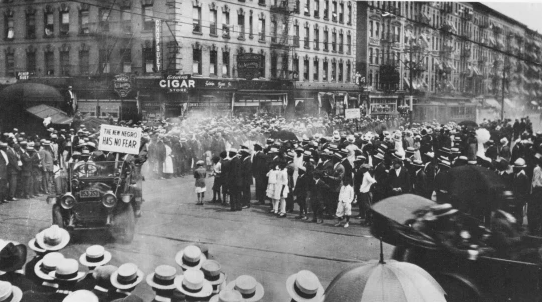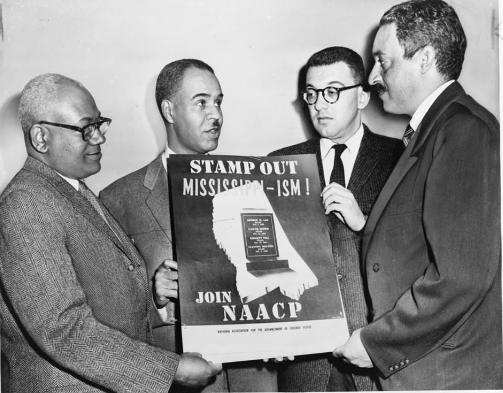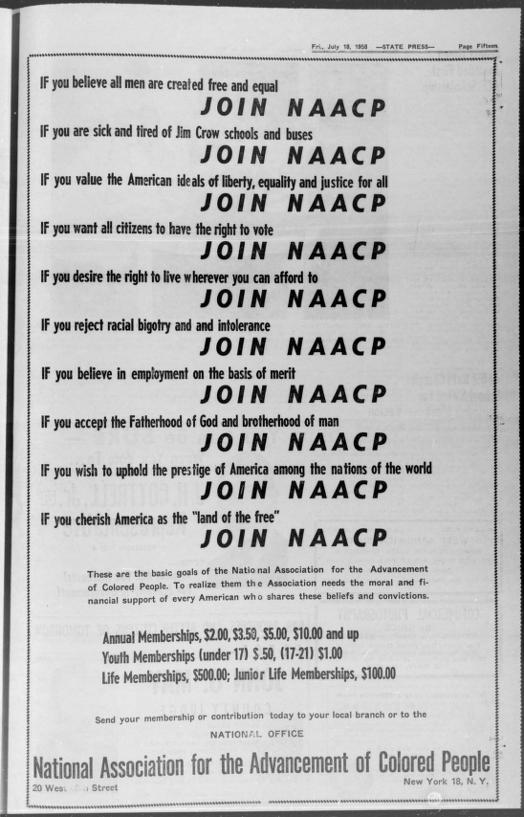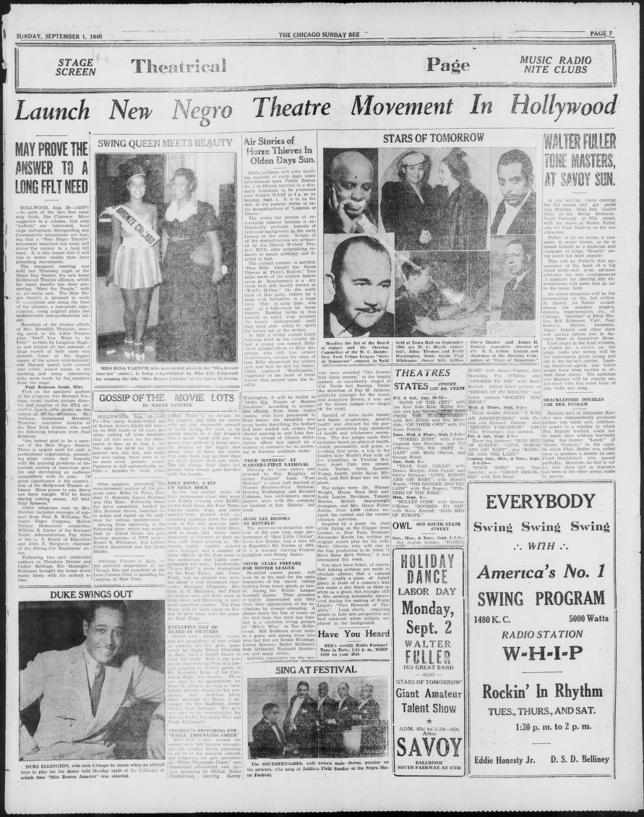The Red Summer
Turning Points in History, 2024
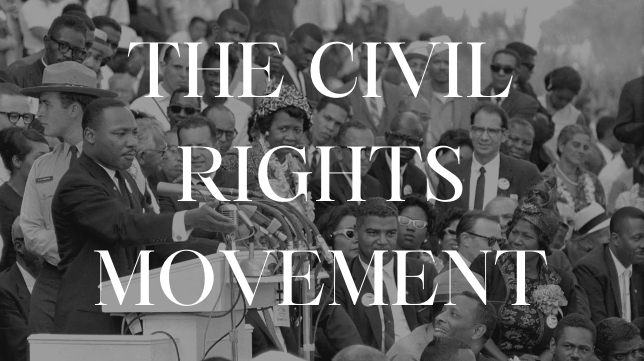
Courtesy of the Associated Press
Lasting from 1954 to 1968, the Civil Rights Movement was sparked by the Red Summer. It was a nonviolent social movement focused on ending legalized racial segregation throughout America.
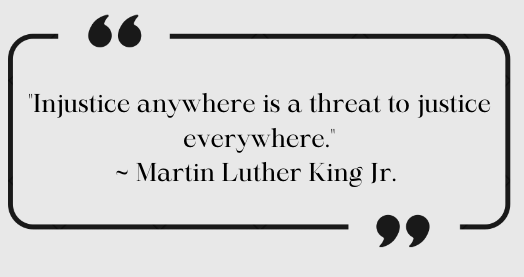
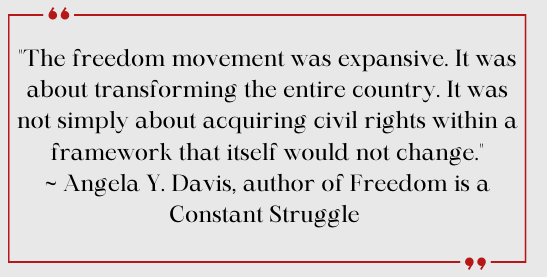
The NAACP Grows
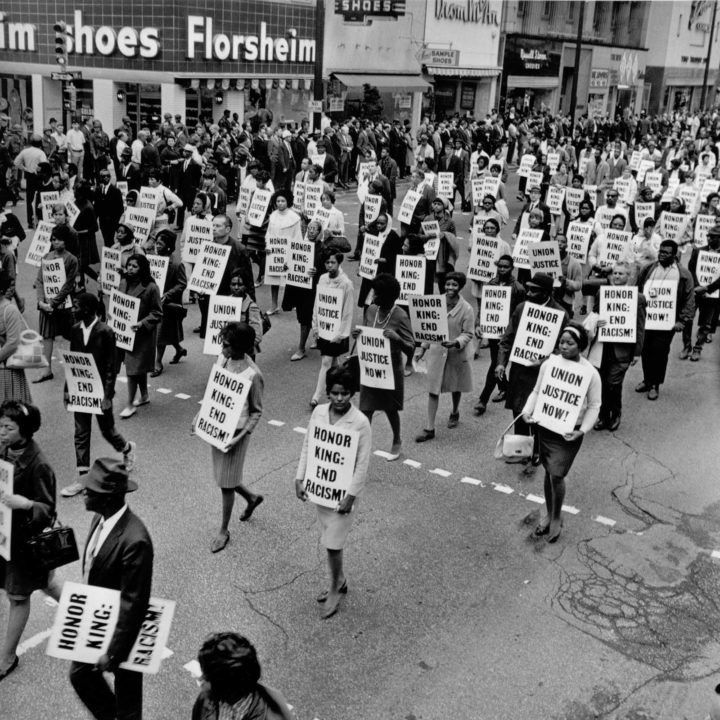
A NAACP Organized Memorial March, Courtesy of the NAACP Boulder Collection
After the Red Summer, leaders of the NAACP continued to advocate for the eradication of discriminatory practices towards African-Americans. They focused on critical civil rights issues such as anti-lynching laws and public segregation.
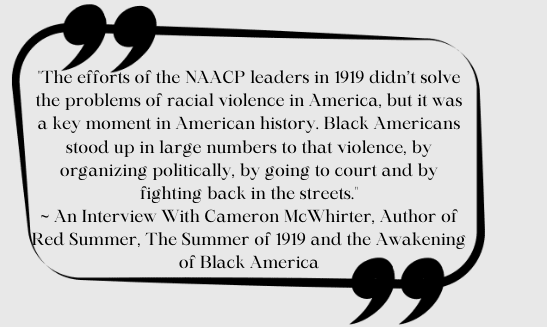
The Black Panthers
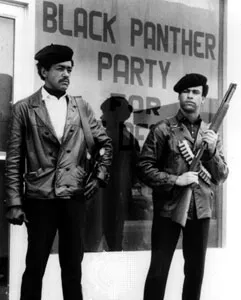
The Black Panthers: Vanguard of the Revolution, Courtesy of PBS
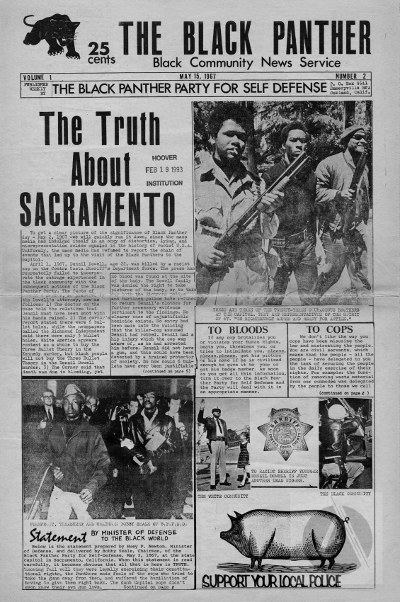
"The Black Panther Party for Self Defense", Courtesy of The Black Panther
Simultaneously, the Black Panthers were on the rise again, fighting for African-American lives by challenging police brutality and confronting politicians. After the Red Summer, the Black Panthers focused on fighting for African-American rights by initiating "survival programs", attempting to fundamentally alter society.
The Harlem Renaissance
This renaissance was an explosion of African-American culture, life, and arts centered around New York City. Although the Harlem Renaissance wasn't directly responsible for legal changes, it made vast cultural changes, as a true golden age for African-Americans.
Interview With David Krugler, Author of 1919: The Year of Racial Violence
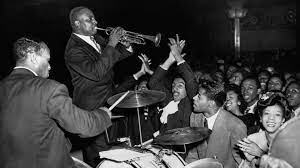
The Harlem Renaissance, Courtesy of Bettman Archive
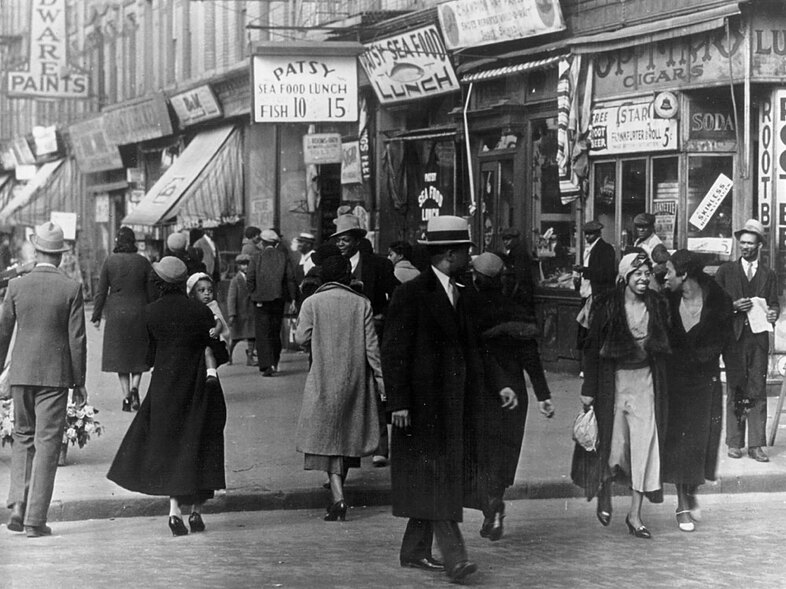
The New Negro Renaissance in America, Courtesy of Washington University
"Perhaps the mission of an artist is to interpret beauty to people - the beauty within themselves."
~ Langston Hughes, African-American poet and social activist
